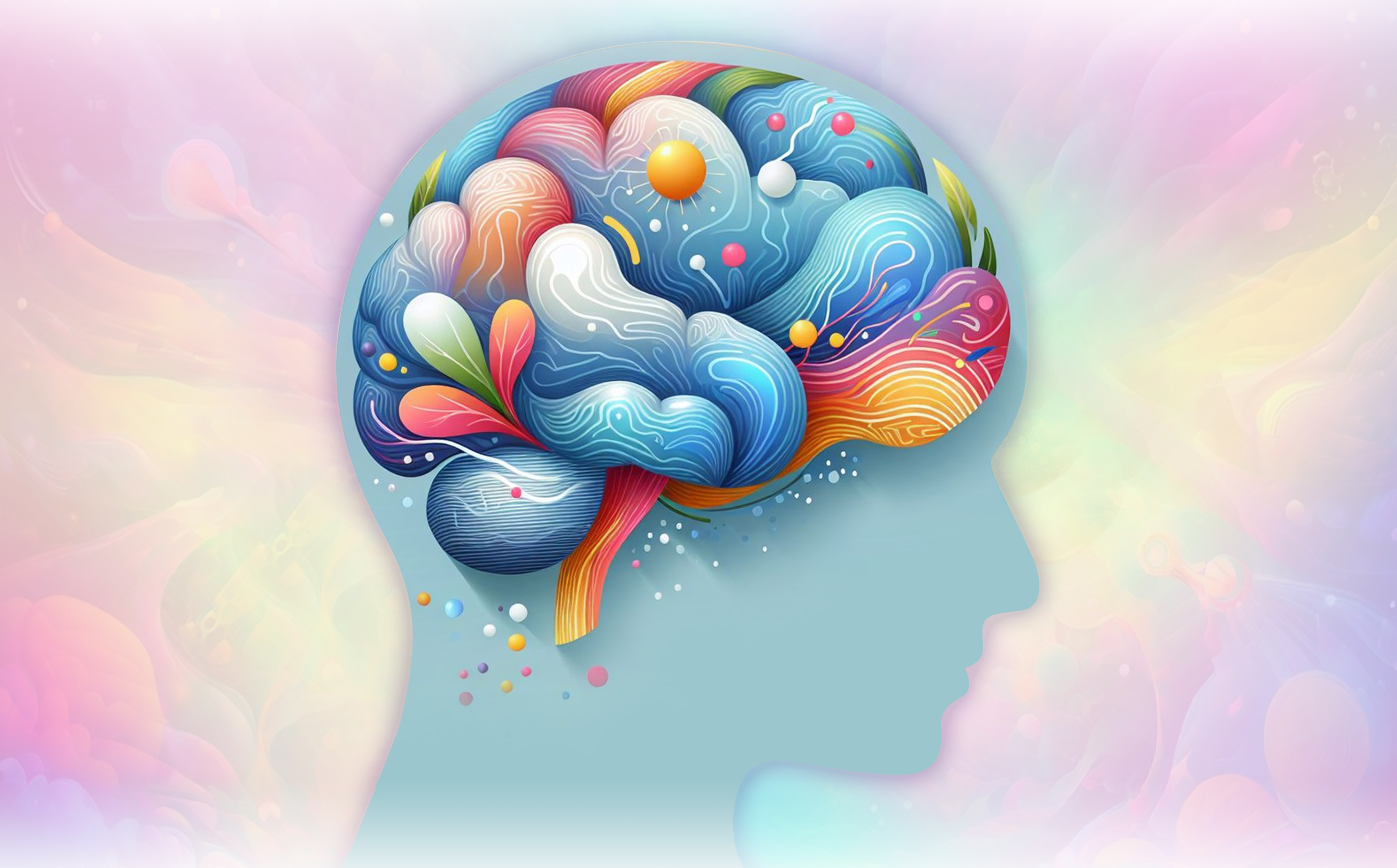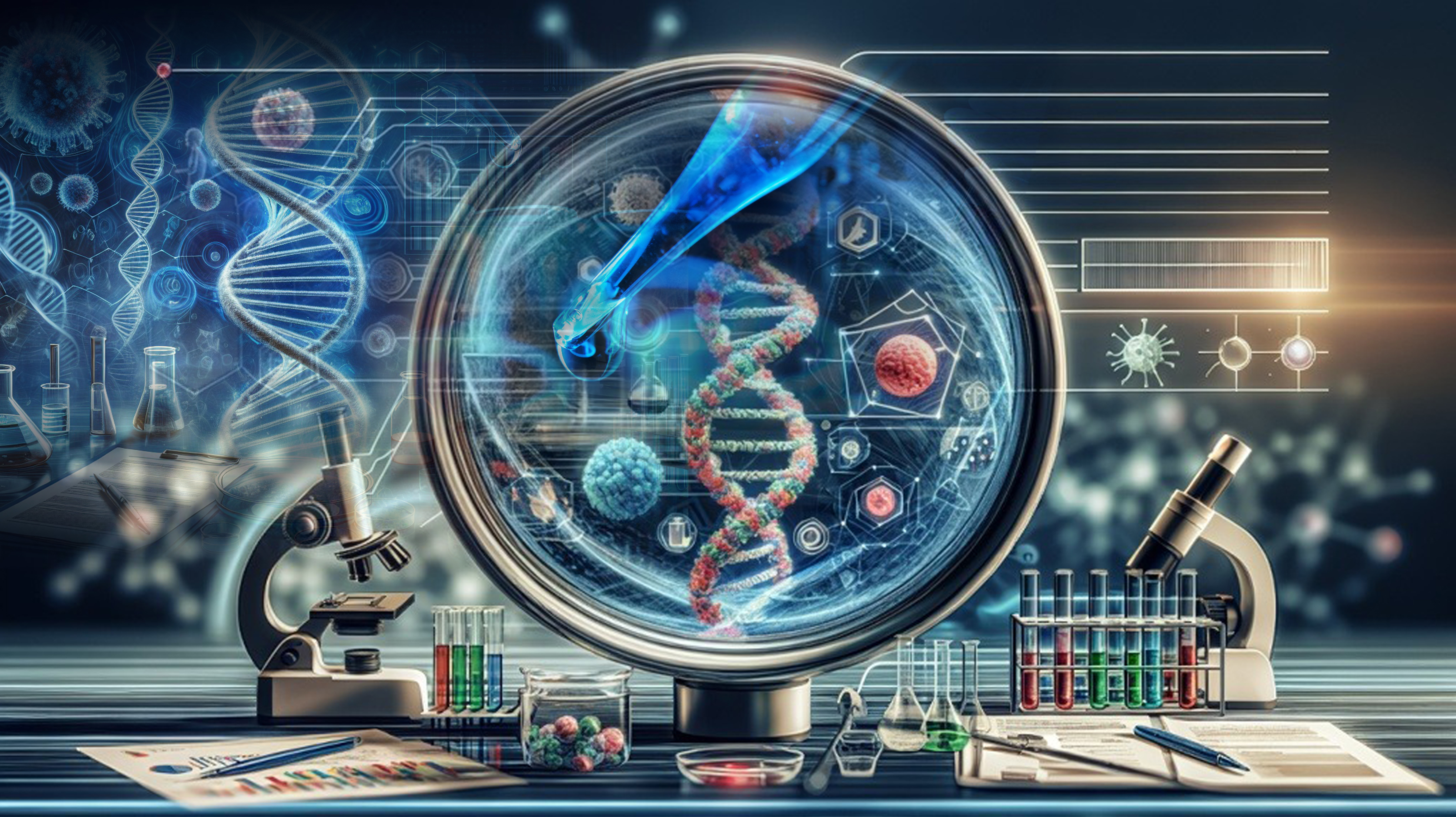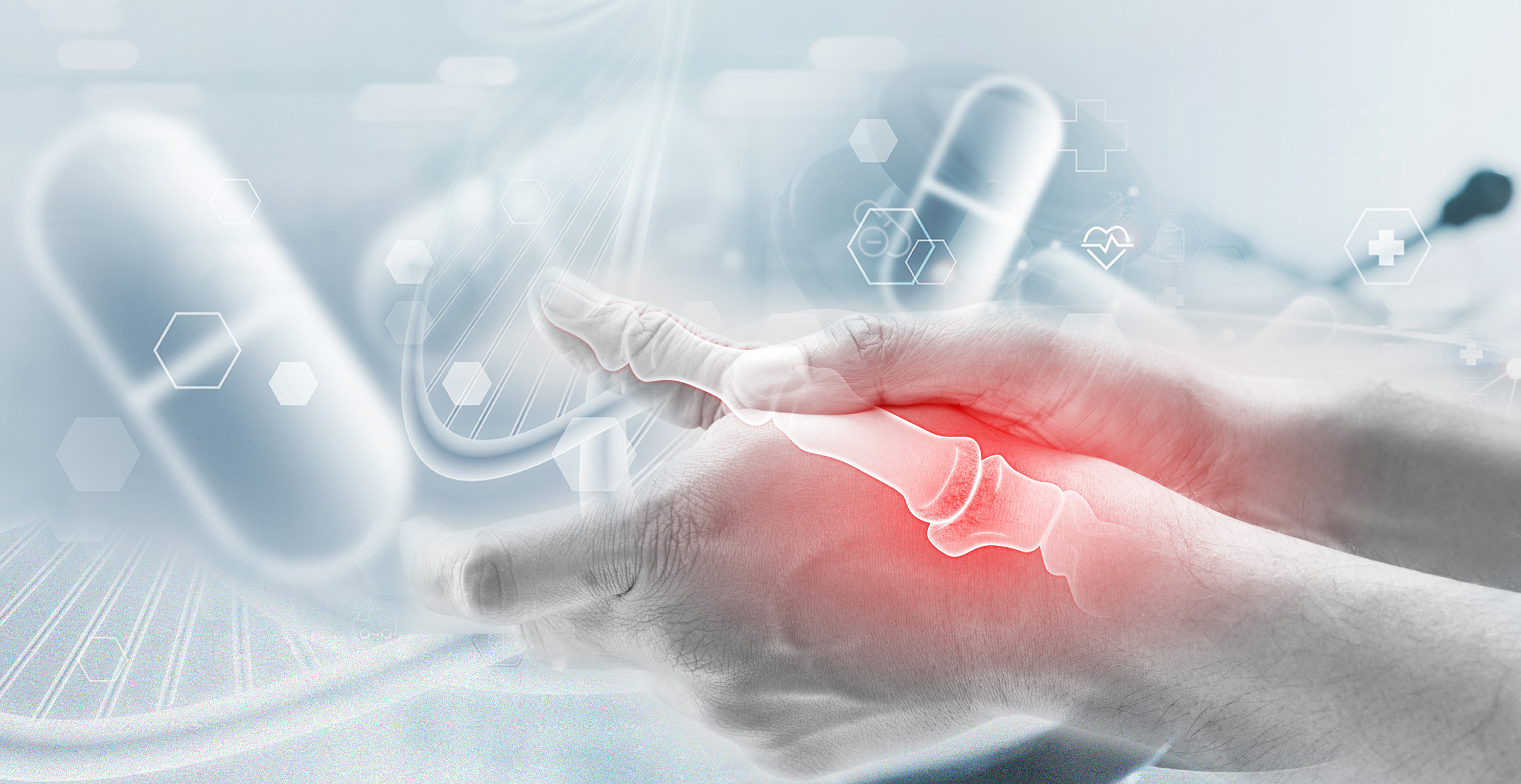The use of AI is becoming increasingly pronounced in our daily lives. Its potential in enha g sleep disorder diagnosis has recently been uncovered. Isolated rapid eye movement (REM) sleep behavior disorder (iRBD) is an early indicator for Parkinson’s disease or dementia. Current diagnosis with a video-polysomnogram is deficient due to symptom overlap with other diseases and subjectivity of data from complex sleep variables. The newly enhanced AI algorithm detects rate, ratio, magnitude and velocity of movements, as well as ratio of immobility during REM sleep captured in video polysomnograms. An accuracy of up to 91.1% was achieved using this technology and demonstrates promising clinical potential in iRBD diagnosis. The ability of AI to automatically detect REM sleep also suggests its potential for use in home settings, offering a pathway to more accessible and widespread diagnosis for a condition that could otherwise easily go unnoticed. 17
References
1. Wu S, et al. npj Biofilms and Microbiomes 2022;2;8(1). 2. Rezazadeh MB, et al. BMC Women's Health 2024;26;24(1):575. 3. Lin TC, et al. Appl. Sci. 2021;11(3):902. 4. Borrego-Ruiz A, et al. Nutrients 2024;16(20):3559. 5. Fusano M. Clinics in Dermatology 2022;41(1):122–6. 6. Riyanto P, et al. Dermatoendocrinol 2015;7(1):e1063751. 7. Centers for Disease Control and Prevention (CDC). MMWR Morb Mortal Wkly Rep 2004;53(45):1066-8. 8. Toma T et al. Diabetologia 2024; 67(11):2568-84. 9. Karakose E et al. Cell Rep Med. 2024;5(12):101832. 10. Rosselot C et al. Sci Transl Med 2024;16(755):eadg3456 11. American Cancer Society. Colorectal Cancer Survival Rates. 2023. 12. Cerek A et al. N Eng J Med 2022;386(25):2363-2376. 13. Seymour K et al. Neuroscience of Consciousness 2024;1:niae039. 14. Mihaylova MM et al. Cell Stem Cell 2018;22:769-778.e4. 15. Benjamin DI et al. Cell Metab 2022;34:902-918.e6. 16. Chen H et al. Cell. 2025;188(1):157-174.e22. 17. Abdelfattah M et al. Ann Neurol 2025. doi: 10.1002/ana.27170.





